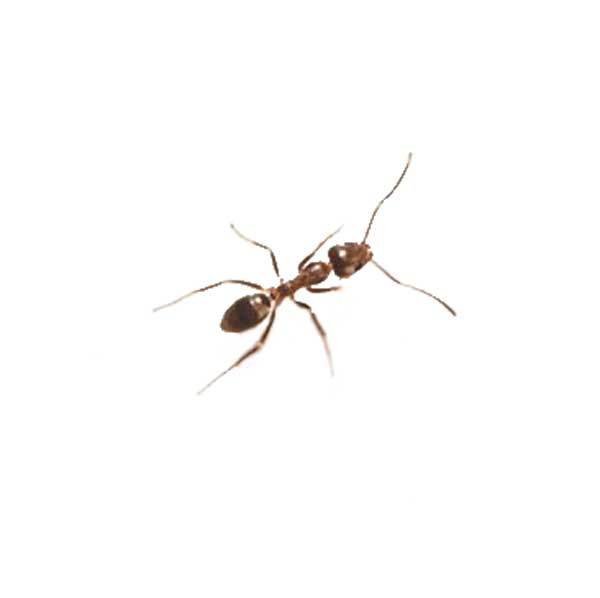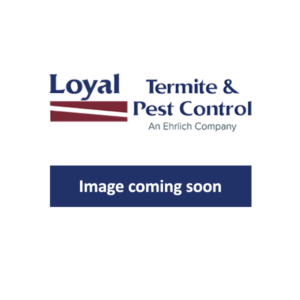Argentine Ants in Central and Eastern Virginia
Argentine ants are one of the most difficult ant pests to control. They are considered major household and garden pests and when introduced to a new habitat, can create tremendous colonies displacing native ants. Ant workers from different colonies are not aggressive toward each other, permitting them to form large supercolonies, often linked by thick trails. Argentine ant nests are usually located in damp areas near a food source. They are ranked among the most stubborn home-infesting pests, contaminating and spreading bacteria wherever they forage.
Argentine Ant Habitats
Outdoors, Argentine ants nest in soil, underneath wood, slabs, debris, mulch, or in branches and cavities of trees and shrubs. They construct colonies anywhere close to food—in concrete wall cracks, wall voids, and even in human belongings around the house. In mild weather, Argentine ants are found outdoors next to sidewalks, around plants, or underneath stones or boards. When the weather gets too dry or too wet, they will make their way into homes for water and shelter. Once inside, they will forage for food, feeding on meat, eggs, oils, fats, and sweet items like fruit.
Argentine Ant Behaviors, Threats, or Dangers
Argentine ants are very aggressive, and although not poisonous, do bite people. An invasive species, Argentine ants are well organized socially and are particularly aggressive toward other insect populations due to their sheer numbers. Argentine ants are persistent, attacking paper wasp nests under the eaves of homes, forcing wasps to flee in a panic. Argentine ants can cause damage to homes as they build supercolonies and invade homes in large numbers. If you suspect an Argentine ant infestation, it is recommended to contact a professional ant exterminator.
Need help with Argentine Ants?
Get started with a FREE quote!



